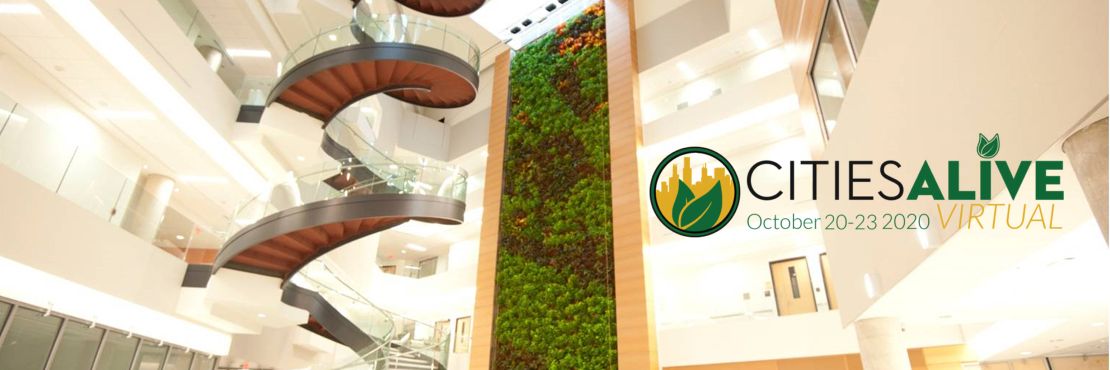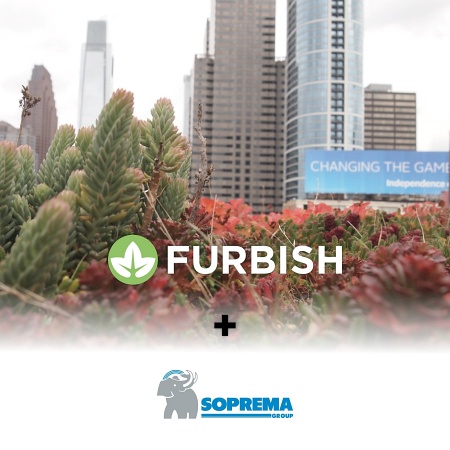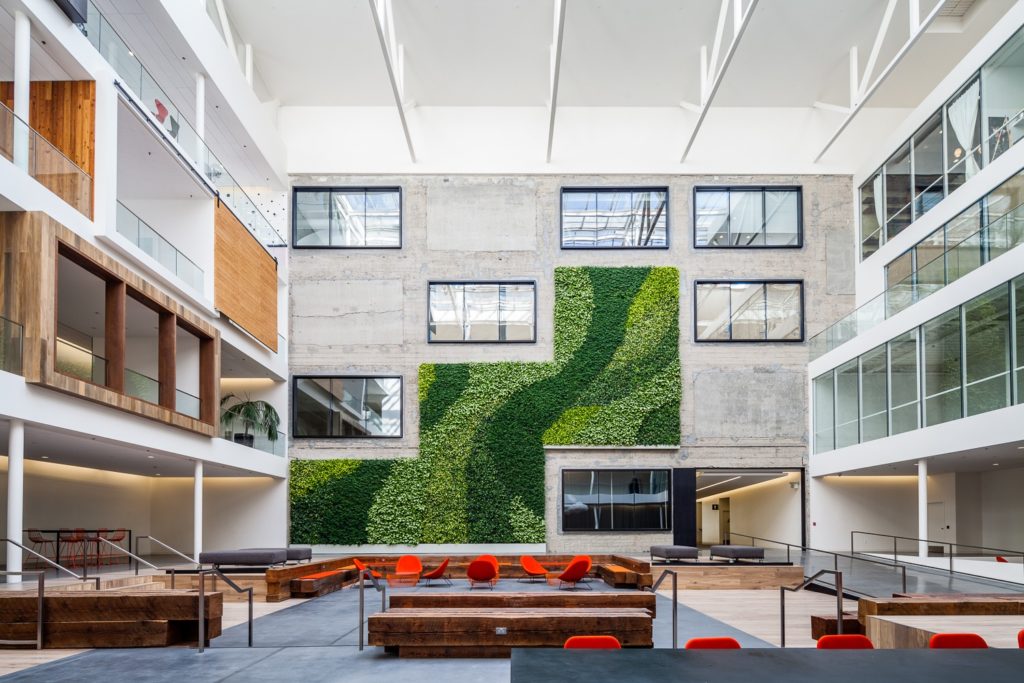If Sick Building Syndrome (SBS) is not a familiar phrase to you, it is defined as the acute health problems or discomfort that arise as a result of time spent indoors. SBS can be caused by a variety of factors such as chemical contaminants, either from indoors or outdoors; biological contaminants, poor ventilation; electromagnetic radiation; poor lighting and acoustics; and other psychological factors [1].
SBS, though it has always included biological contaminants in its list of risk factors, has taken on a new meaning in the face of the COVID-19 global pandemic. Entire office parks have become virtually abandoned (no pun intended) as millions of professionals have made the switch to work from home as a part of social distancing protocols. This has left building managers and employers wondering what this new normal means for office spaces and getting back to work. Post-pandemic offices must provide a clean and safe work environment, but what if our buildings could go one step further and enhance the health of occupants?
The philosophy of biophilic design is a relatively modern practice rooted in the oldest design principles on the planet, those found in nature. Rather than try to outsmart it, the practice embraces nature’s forms and functions, leaving interior spaces to better promote the health and wellness of those who use them. Studies have shown that spending time in nature has a positive effect on human health. We feel less stressed, we are more creative and are more productive. Nature, when incorporated into the built environment, has also been shown to improve air quality by removing harmful toxins often found in buildings.
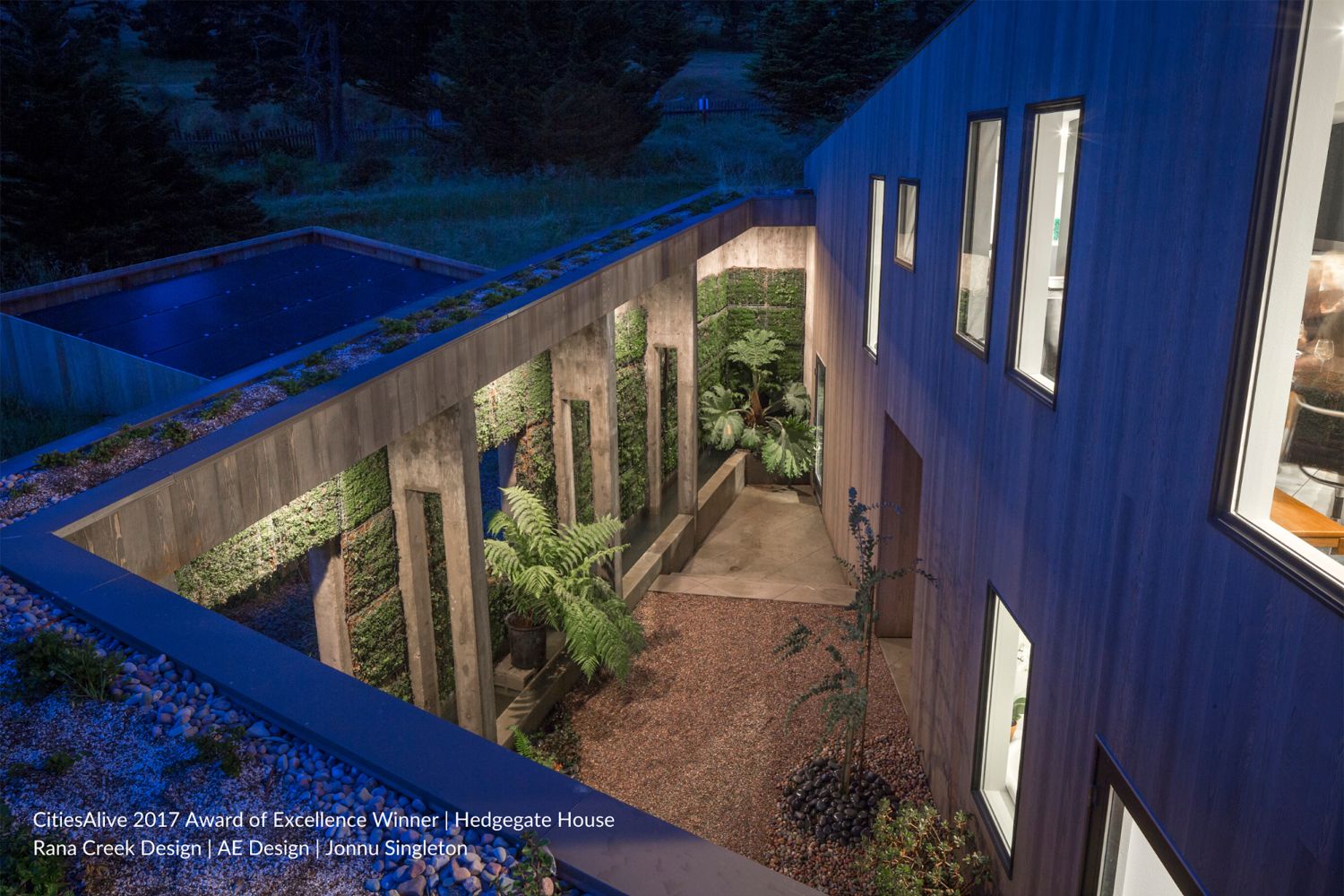
Publisher’s Note: See the Hedgegate Project Profile in the Greenroofs.com Projects Database.
William Browning, Co-Founder of Terrapin Bright Green, is no stranger to biophilic design. He and his organization have broken down the biophilic principles in nature to 14 distinct patterns. His organization is now leading the way in determining how these principles can be incorporated into back to work strategies that ensure the protection of human health even alongside the uncertainty COVID-19 injects.
Browning will be presenting some of his most innovative work in the field of biophilic design and its capacity to prepare indoors spaces for human occupancy once again. He will join CitiesAlive 2020 as the keynote speaker for the “Health & Wellness Resilience Through Integrated Green Infrastructure Design”. This session takes place on Friday, October 23, 2020.

William Browning is one of the green building and real estate industry’s foremost thinkers and strategists, and an advocate for sustainable design solutions at all levels of business, government, and civil society. His expertise has been sought out by organizations as diverse as Fortune 500 companies, leading universities, non-profit organizations, the U.S. military, and foreign governments.
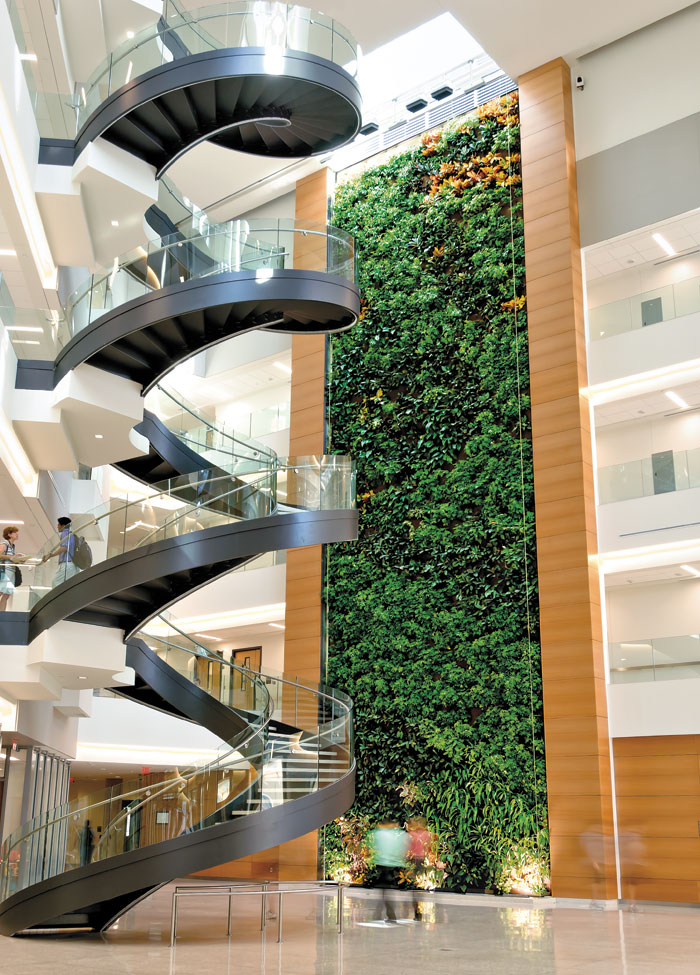
2013 CitiesAlive Awards of Excellence Winner Drexel University | Papadakis Integrated Sciences Building. Image: Drexel Magazine, 2012
Publisher’s Note: See the Drexel University, Papadakis Integrated Sciences Building Project Profile in the Greenroofs.com Projects Database.
Presented by Green Roofs for Healthy Cities, CitiesAlive Virtual 2020 is taking place October 20-23, 2020 and is a multi-disciplinary virtual conference, bringing together the very best designers, product manufacturers, researchers, and policy makers in the field of living architecture and green infrastructure. The conference boasts two days of local tours in addition to four days of topic specific virtual programming. The first session is free and focuses on emerging professionals’ research. Other session topics include the “Economics and Finance of Green Infrastructure” and “Integrated Design for Sustainable Water Management”.
Registration is priced as low as $45 per session, and $99 for the entire conference. Registration and more conference details are available at citiesalive.org now.
Greenroofs.com is a long-time partner of GRHC and we are offering the Greenroofs.com community a 30% discount code on CitiesAlive registration. Use the code 2020PARTNER30 during checkout.
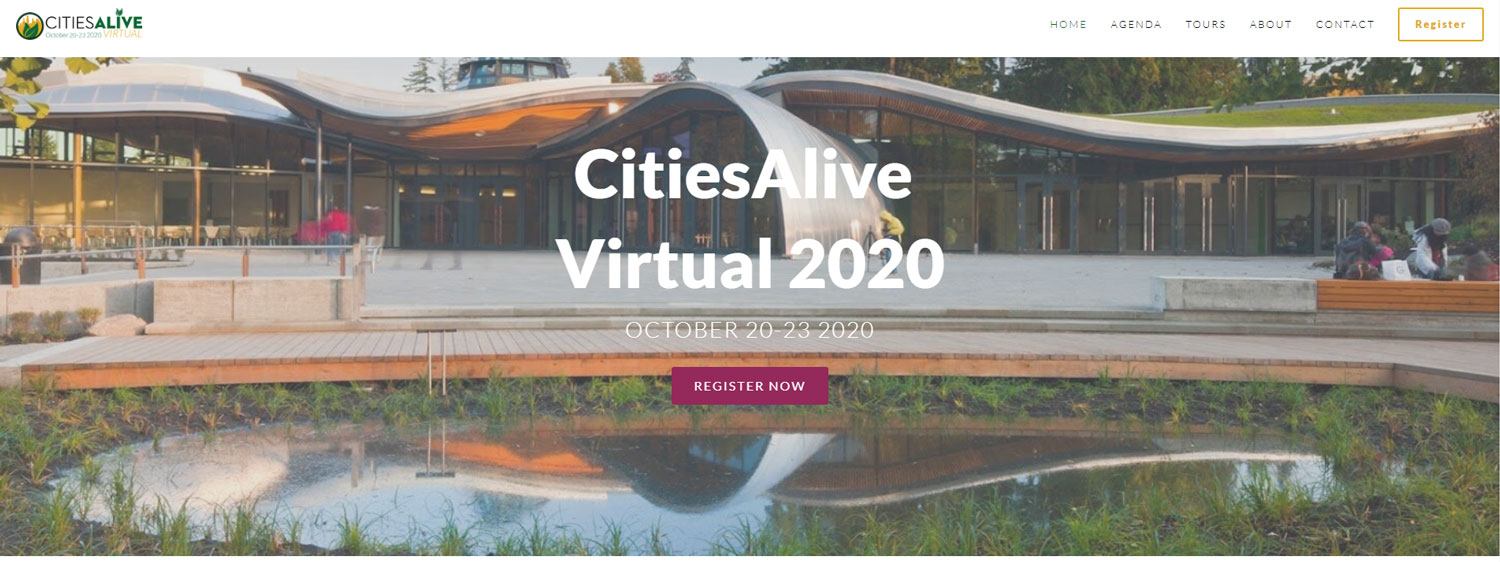
References:
- Joshi S. M. (2008). The sick building syndrome. Indian journal of occupational and environmental medicine, 12(2), 61–64. https://doi.org/10.4103/0019-5278.43262
~ Green Roofs for Healthy Cities (GRHC)
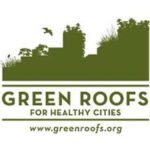
Green Roofs for Healthy Cities‘ mission is to increase the awareness of the economic, social and environmental benefits of green roofs and green walls, and other forms of living architecture through education, advocacy, professional development and celebrations of excellence.
Visit www.greenroofs.org for more information.
Contact Steven Peck, GRHC founder and president at speck@greenroofs.org and 416-971-4494 x 233.
 Greenroofs.comConnecting the Planet + Living Architecture
Greenroofs.comConnecting the Planet + Living Architecture
